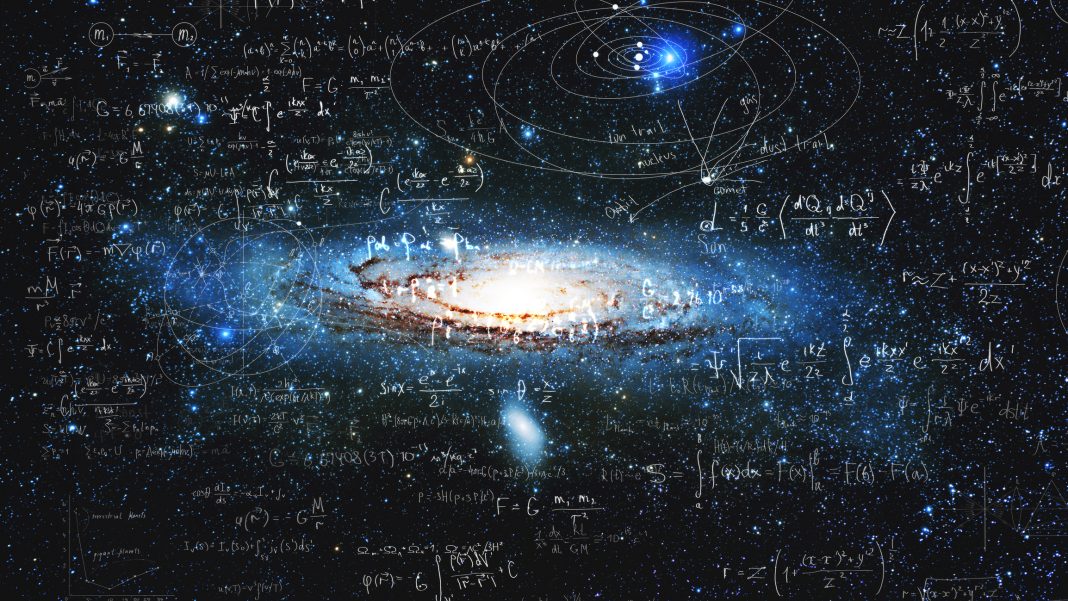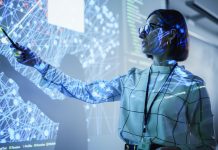How is the U.S. National Science Foundation improving diversity in astrophysics and astronomy? Here, Open Access Government investigate
The National Science Foundation’s Astronomical Sciences Division (AST) supports research in ground-based astronomy, to help ensure scientific excellence throughout the U.S. astronomical community.
In addition to the excellent work taking place in the field, it is important for AST to encourage a broad understanding of the astronomical sciences by a diverse population of scientists, policymakers, educators and the public.
The NSF Astronomy Division seeks participation from all segments of the population and has several ongoing funding opportunities to help broaden participation. Such programmes include:
- Partnerships in Astronomy & Astrophysics Research and Education (PAARE).
- Education and Special Programs (ESP).
- Research Experiences for Undergraduates (REU).
- NSF Astronomy and Astrophysics Postdoctoral Fellowships (AAPF).
- Alliances for Graduate Education and the Professoriate (AGEP).
Partnerships for Research and Education in Materials
Most recently, the NSF awarded new seed grants through PREM, (Partnerships for Research and Education in Materials), to support ten collaborative research teams across the U.S. that will lay the groundwork for the full-fledged PREM awards at the same institutions later in the future.
Each seed award provides $800,000 — for a total NSF investment of $8,000,000 — and will support materials, research partnerships between minority-serving institutions and large-scale, NSF-supported research centres and facilities. These seed grants are intended to support minority-serving institutions over the next three years to effectively kick-start building partnerships, with the hope that they will be better prepared and ready for a full PREM award in the future.
PREM is intended to enhance and solidify a pathway for young researchers from underrepresented groups to enter the vibrant field of materials science and engineering by providing them with access to cutting- edge research and education. Since 2004, the PREM programme has supported many cohorts of students through their graduation and beyond, to have successful and rewarding careers in materials research.
“Our PREM programme is helping to build the future of materials research and the students, faculty, and partners who are engaged in it,” stated Sean L Jones, Assistant Director of MPS. “This programme allows us to harness more talent by expanding and developing a diverse workforce that will lead to exciting innovations and continue to push U.S. leadership in STEM fields.”
Astronomy and Astrophysics Research Grants (AAG)
Furthermore, the Astronomy and Astrophysics Research Grants (AAG) Programme is an inclusive and flexible funding opportunity to support research in the astronomical sciences. The Programme provides individual investigator and collaborative research grants for observational, theoretical, laboratory, and archival data studies in astronomy and astrophysics. The Programme also considers proposals for projects and tools that enable or enhance astronomical research. Proposals may span multiple disciplines and/or areas of study and may utilise multiple techniques.
Collaboration is key
Due to the huge scale of modern astronomical research, the Division also engages in many interagency and international collaborations. One recent example of interagency collaboration in 2021 is the AI Institute: Planning: Physics of the Future award. The award, managed by the NSF Division of Physics (PHY), has led to some of the most exciting recent breakthroughs in science, one of which being in astrophysics when researchers discovered they can use machine learning to accelerate cosmological simulations.
“It’s clear that AI is having a big effect on many areas of science, including physics and astronomy,” said James Shank, a Programme Director in PHY. “Our AI Planning Institute programme is working to push AI to accelerate discovery. This new result is a good example of how AI is transforming cosmology.”
The more researchers are engaged from diverse backgrounds and across sectors and borders, the more the U.S. will learn about space.











